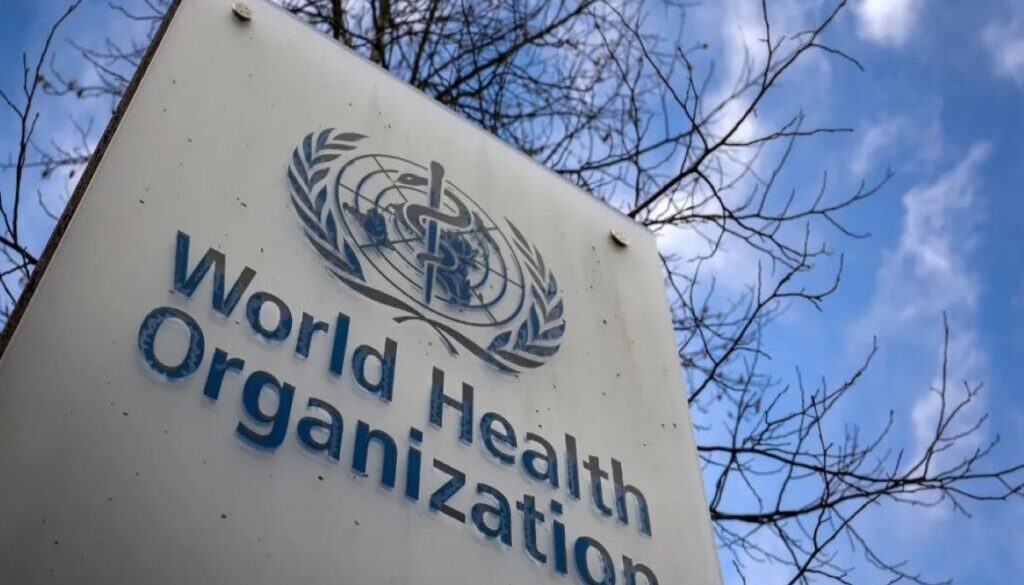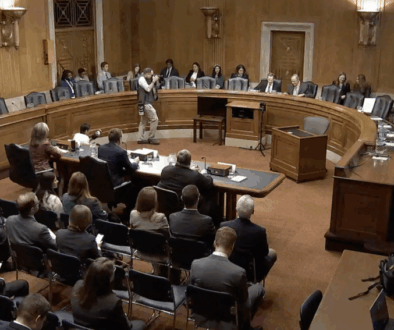Chemical found widely in the environment causes cancer, global experts determine
A group of global scientific cancer experts this week classified a widespread chemical known as PFOA as carcinogenic to humans, confirming decades of research, and building on concerns about human and animal exposure to that chemical and to the larger class of manmade substances that are commonly known as “forever” chemicals because of their persistence in the environment. Separately, the experts deemed a related chemical called PFOS as possibly carcinogenic to humans.
The classifications, published Thursday in The Lancet Oncology, were determined by a working group of 30 experts from around the world through the International Agency for Research on Cancer (IARC), an arm of the World Health Organization (WHO). The experts convened in Lyon, France Nov. 7-14 to review published literature on the health risks of perfluorooctanoic acid (PFOA) and perfluorooctane sulfonic acid (PFOS). Both are types of per-and poly fluoroalkyl substances (PFAS).
“This latest action highlights and reaffirms the concerns we have been raising for decades that these man-made ‘forever chemicals’ present a serious threat to human health, mandating that appropriate steps be taken to prevent and address exposures,” said Rob Bilott, an environmental lawyer for the Ohio-based firm Taft Law who has spent over two decades exposing the dangers of PFAS chemicals.
In classifying PFOA as carcinogenic, the IARC scientists said they found “sufficient” evidence for cancer in experimental animals exposed to PFOA and “strong” evidence that the chemical affects gene expression and immune response in humans exposed to PFOA. They also found limited evidence for cancer in humans, identifying a link to renal cell cancer and testicular cancer.
The scientists said that the research shows PFOS is “possibly” carcinogenic to humans. They said they found strong mechanistic evidence that the chemical affects gene expression and immune response in exposed humans, along with several other key characteristics of carcinogens. They also found limited evidence linking PFOS to cancer in experimental evidence but ‘inadequate evidence’ linking it to cancer in humans.
It remains to be determined how, or if, the new classifications may impact thousands of lawsuits that are pending in US courts against PFAS makers DuPont and 3M. The companies have been sued by individuals as well as by drinking water utilities and municipalities over alleged harms tied to PFAS contamination.
On Monday, a US appeals court turned back a large class action lawsuit brought on behalf of Ohio residents, finding there was not sufficient proof that the companies caused the exposure alleged in the case. Lead plaintiff Kevin Hardwick, who worked as a firefighter for 40 years and used PFAS-containing foams, brought the suit in 2018, alleging that the companies caused his blood to become contaminated with potentially dangerous levels of PFAS chemicals. Hardwick asked for a panel of scientists to study the effects of PFAS in his body and for medical monitoring.
“Seldom is so ambitious a case filed on so slight a basis,” wrote Raymond Kethledge, one of three circuit judges who heard the appeal, in his opinion.
“The manufacturers now have good precedential support for arguments that traceability is a significant hurdle for plaintiffs to overcome in medical monitoring cases, but also in personal injury cases, as well,” said John Gardella, a shareholder and attorney at CMBG3 Law, which defends companies in chemical exposure cases.
There are over 12,000 types of PFAS, which do not break down naturally and can leach into drinking water from anywhere PFAS has been used or disposed. PFAS are found in about 83% of US waterways and are present in the blood of about 97% of Americans, according to the Centers for Disease Control. Exposure to the chemicals has previously been linked to numerous health problems, including kidney cancer, testicular cancer, thyroid disease, thyroid cancer, and ulcerative colitis.
In August, a federal judge granted preliminary approval for settlements totaling over $13 billion for chemical giants 3M and DuPont and related companies to address water supplier claims over toxic PFAS contamination in the US. Both settlements relate to water system contamination by PFAS in aqueous film-forming foams (AFFFs), which are widely used by military and civilian airports as well as fire departments.
PFOS and, to a smaller extent, PFOA have been widely used in AFFFs. Personal injury cases around AFFF in the US are building, involving people who developed diseases after drinking water contaminated with PFAS chemicals from firefighting foam used at nearby airports or military sites. Other lawsuits are being pursued by firefighters have been exposed to the chemicals through their firefighting gear and in AFFF.
On Wednesday, Ohio officials announced a settlement between the state and DuPont and its spinoff companies Chemours and Corteva, granting the state $110 million to resolve claims related to PFAS released by the companies. The suit alleged the company long knew the human health risks of PFOA but continued using the chemical without warning the public.
As a result of the PFAS settlement in Ohio, DuPont, Chemours, and Corteva will be required to pay an additional $25 million to Delaware, where the companies reached a settlement in 2021.




